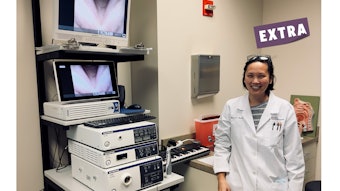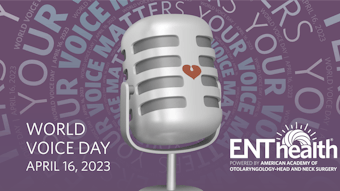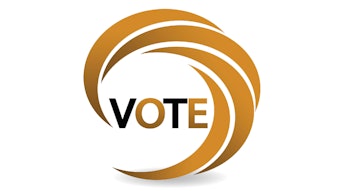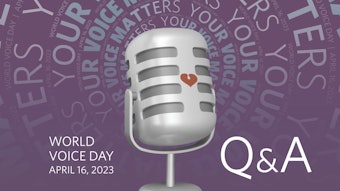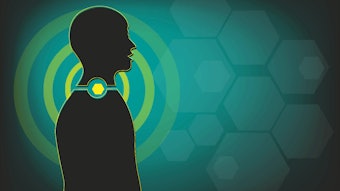Pearls from your Peers: Vestibular Migraine
Emily K. Gall, MD, interviews Hamid R. Djalilian, MD, about Vestibular Migraine.

What is a misconception about the nature of vestibular migraine?
Two common misconceptions are:
1. manifestations of migraine related to the ear are limited to vestibular migraine
2. a headache history is required for diagnosis of vestibular migraine and other types of migraine
Otologic migraine includes a number of symptoms and sensations, including ear canal sensitivity to wind and touch, aural pressure, otalgia, fluctuating hearing loss, sudden hearing loss, hyperacusis, allodynia, exacerbations of tonal and pulsatile tinnitus, mal de débarquement, persistent postural-perceptual dizziness (PPPD), vestibular migraine, and recurrent benign paroxysmal positional vertigo (BPPV), among others.
How do patients with vestibular migraine typically present?
They typically present with a variety of dizziness symptoms. Patients may present with episodic vertigo, vague sensation of dizziness, heavy headedness, trouble focusing the eyes, sensation of internal motion, blurry vision, and/or motion sensitivity. These symptoms may be accompanied with mental fogginess, pressure, pain, or fullness in the ear, face, or head, and neck stiffness. Only half of patients have active or previous headaches.
How do you start treatment for vestibular migraine?
Treatment starts with education about migraine triggers (stress, sleep, diet, hormonal changes, and overstimulation) and magnesium and vitamin B2 supplementation. Appropriate hydration (2 L/day), regular sleep and meal schedule, and complete elimination of caffeine (reduction in glutamate, tyramine, and histamine-containing foods) are vital. When medications are necessary, most commonly I use nortriptyline (starting dose 10 mg) for patients with comorbid anxiety/stress or insomnia. The next most common medication is topiramate (starting dose 25 mg) for patients with a cardiac arrhythmia history or who are taking multiple psychotropic or rhythm-affecting medications. Paroxetine (starting dose 5 mg) can be used if the patient has an arrhythmia history. When symptoms are controlled, patients are maintained on that dose of medication for a few months and then tapered off. Obstructive sleep apnea (OSA) is a significant trigger for migraine and must be managed. For abortive therapy, ondansetron 8 mg every eight hours, diazepam 2 mg, scopolamine patch, and prednisone 20 mg (in non-diabetics) can be used. Meclizine 25 mg can be substituted for diazepam.
What is one piece of advice you might give to practicing otolaryngologists about diagnosing vestibular migraine?
Dizziness is a spectrum of disease processes, many of which are migraine related. Not all patients with vestibular migraine will have true vertigo but have other forms of dizziness. Vestibular migraine is 20 times more common than Ménière’s disease. Many patients in an otolaryngology practice have atypical, underrecognized migraine symptoms (neck stiffness, mental fogginess, and sinus pain). The majority of patients with Ménière’s disease have present or prior migraine symptoms and respond well to the migraine regimen. Consider joining the Migraine in Otolaryngology Society to learn more about migraine’s manifestations in otolaryngology.



